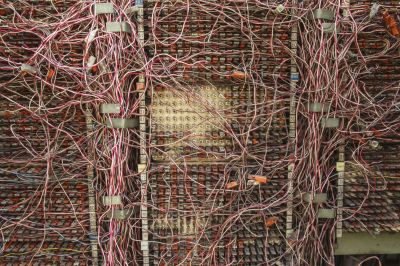
EU-funded scientists unveiled an innovative microwave system not to heat food, but for use in the semiconductor industry to improve materials bonding quality.

Feasible ideas in advanced propulsion technology could lead to developing commercial aircraft that could travel halfway around the globe in just 2–4 hours.
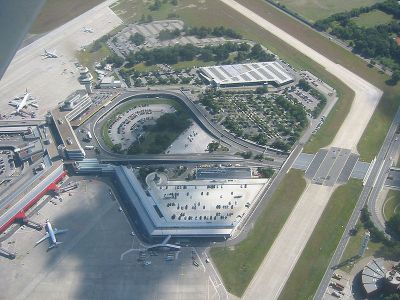
A team of experts has proposed effective solutions for making airports after 2050 more cost effective, more efficient and more environmentally friendly.
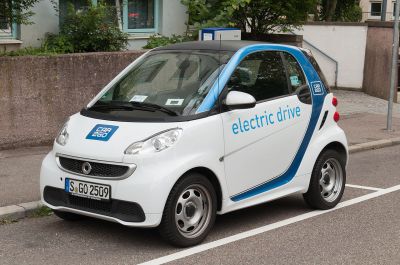
An EU-funded project conducted a comprehensive study to identify different sources of magnetic fields in electric vehicles (EVs). Results showed that there is little difference in magnetic field exposure from vehicles with internal combustion engines (ICEs).

EU research has advanced the study of machine translation (MT), promising major societal and industry impact. The project resulted in a system with enhanced MT architecture, offering a powerful tool for researchers, lecturers and students of natural language processing.
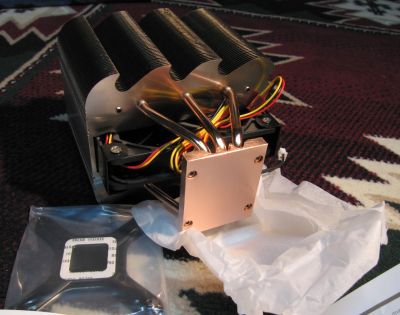
On-chip microrefrigeration devices could soon cool electronics for a major reduction in refrigerant use, cost and system volume. In pioneering work, EU-funded scientists have demonstrated deposition of functional refrigerant molecules on silicon.

Methodological and technological developments are being made towards more energy-efficient modes of production. Such developments will hopefully lead to near-zero–emissions production systems that remain highly productive but also cost and energy efficient.
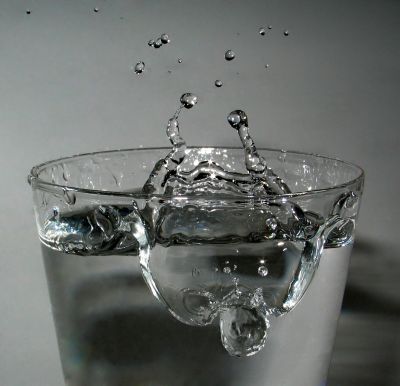
EU support has facilitated demonstration of unprecedented phase changes in thin films at their interfaces with substrates. Outcomes promise to have broad-sweeping implications for synthesis in areas from pharmaceuticals and food additives to organic electronics.
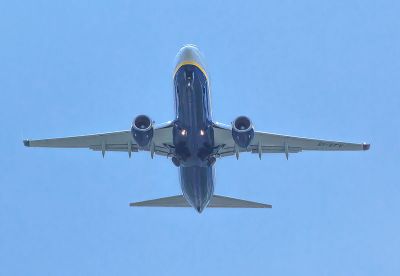
A novel solution to help airports embrace the future promises to support the aviation sector in several ways, from introducing new safety management systems to assessing airport risks.

An EU team modelled transportation networks to improve operations in all conditions. The study combined two kinds of models, which together lead to more effective control.
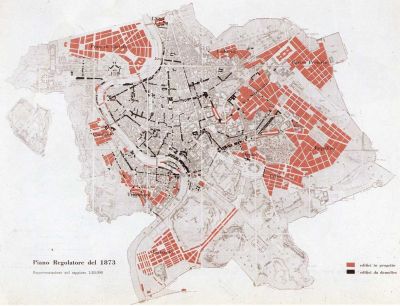
China and Europe are taking different routes to managing how their cities grow and change over time. An EU initiative explored the two approaches through academic and scientific exchanges.
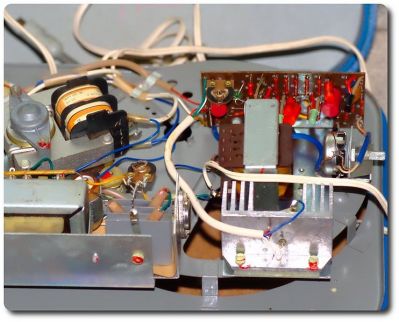
In the 1960s, Intel's co-founder Gordon Moore predicted that the number of transistors on a chip would double about every two years. As that law seems to be hitting its barrier, scientists have demonstrated the utility of molecular electronics.
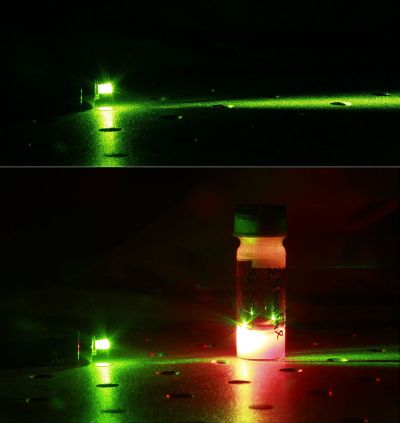
Lasers emitting green light currently have limited efficiencies, power and lifetimes. EU-funded scientists have made important progress towards novel technology that could change that in the near future.

The quantum world is a frontier of discovery and new applications. An EU-funded training network has provided a turboboost to an emerging field exploiting photons in novel quantum optoelectronic devices.
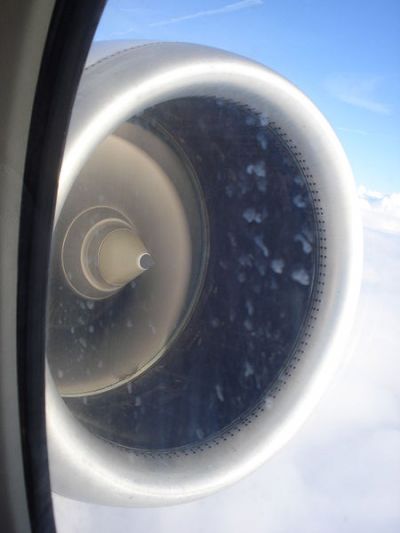
Production costs can be very high for large, rotating aeroengine structures requiring stringent structural integrity. Delivery of a component targeted for future aircraft will prove the feasibility of a new manufacturing technology.
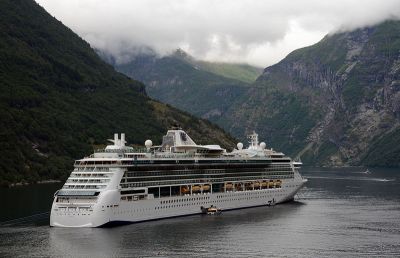
Today's passenger and cargo ships are increasingly large and complex. Replacing conventional steel with other materials promises to minimise their susceptibility to cracking in areas where stress concentrates due to fatigue loads.

Novel coating materials and processing technology will soon make a rainbow of colours available for inexpensive consumer-oriented products such as home appliances and chandeliers.
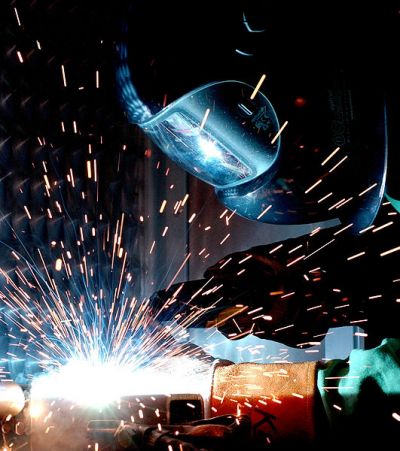
Nuclear power plants employ lots of metal structures often from dissimilar metals that must be welded together. Scientists are developing the basis for currently non-existent standardised tests of these welds to minimise overly conservative and costly inspection.
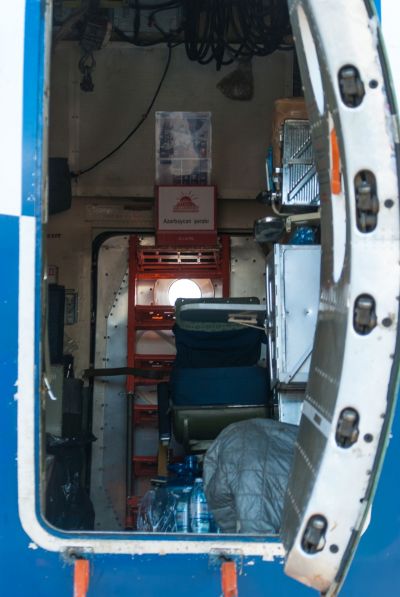
Production costs can be very high for large, rotating aeroengine structures requiring stringent structural integrity. Delivery of a component targeted for future aircraft will prove the feasibility of a new manufacturing technology.
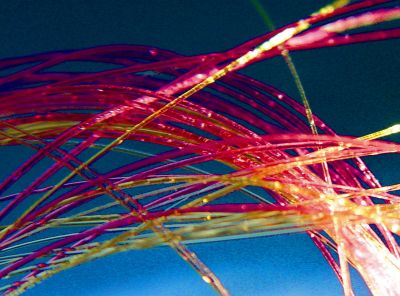
Traditionally, how polymer parts perform under conditions of high heat is determined through extensive empirical work, which is time consuming and costly. EU-funded researchers, aided by the growth of numerical simulations, developed a more systematic approach to predicting their operational efficiency.
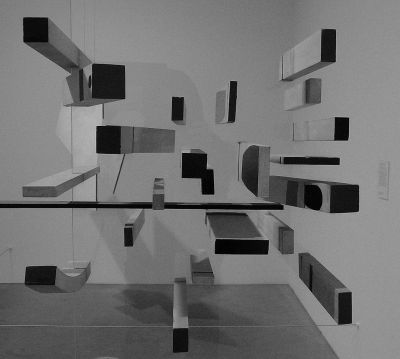
Holography provides a non-trivial connection between conventional quantum mechanical theories of fields and particles and quantum theories of gravity. It is still unclear which quantum field theories have gravitational duals and which do not.

An EU team is creating a method for manufacturing superior metal components using advanced alloys and 3D printing. Early tests of the concept and equipment show promise, and the project is developing new standards.

Carbon dioxide (CO2) emissions from heavy-duty vehicles (HDVs) rose by more than one third between 1990 and 2010. An EU initiative intends to help reduce carbon footprint by developing a novel fuel-saving technology for heavy trucks.
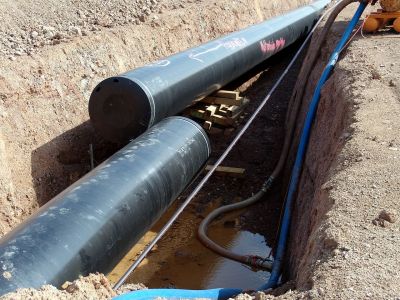
Underground pipes are one of the most efficient ways to move fluids long distances, but they are difficult to inspect. Robotic pigs carrying advanced ultrasound technology will soon be able to quickly and accurately assess pipes from within.
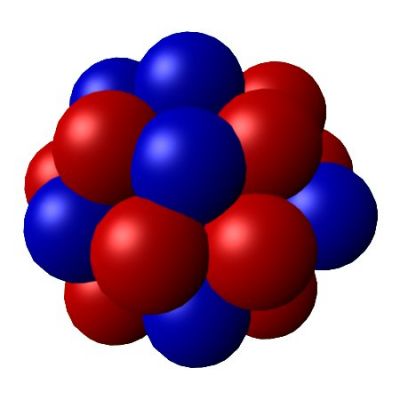
It has only been about 10 years since pioneering experiments started on quantum gases trapped by laser beams. Now, scientists have pointed the way to use of a highly sensitive technique for manipulation of the spin of a single atom in such a system.
























